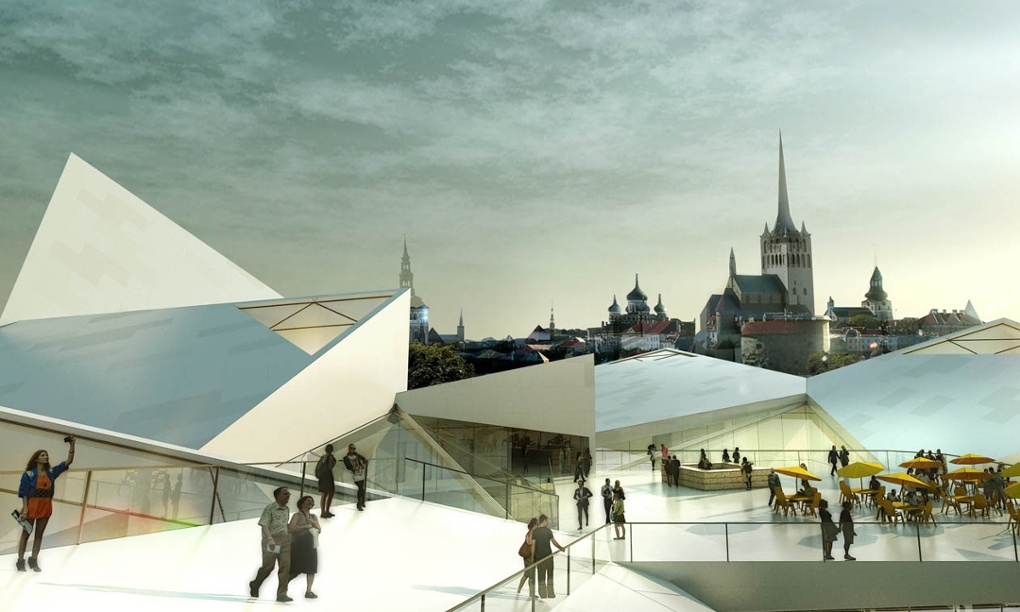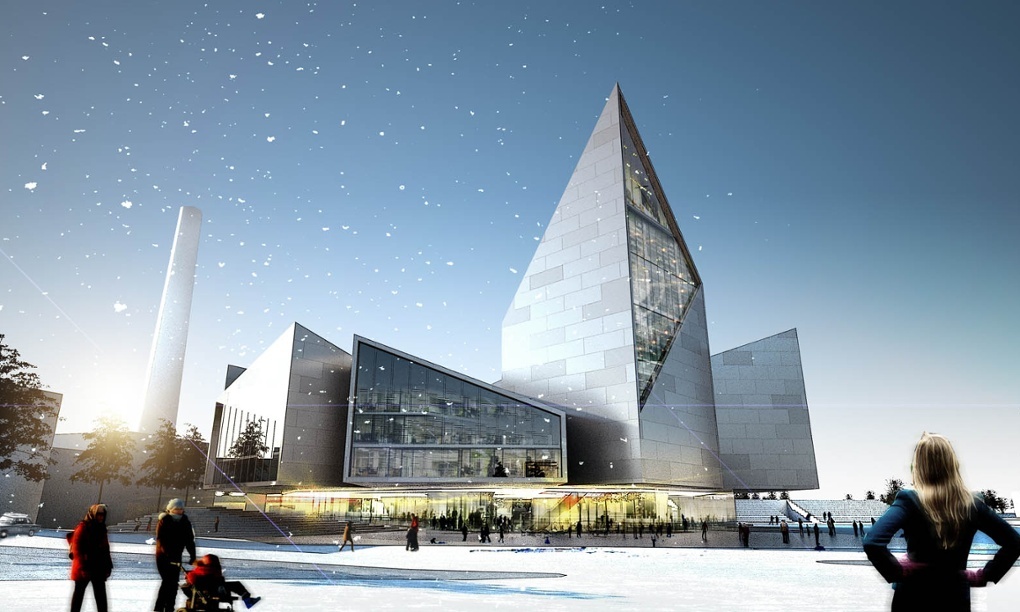
Opulent clock towers, grand halls, building facades covered in splendour and stone. Looking at town halls of the past – from Victorian Britain to modern functionalism – there is a palpable sense of pomp and authority. Town halls are where you find the council chamber and the nucleus of local democracy but they often seem like impenetrable bastions of power.
The town hall of the future, amid myriad administrative and cultural functions and a digital culture where citizens are organising themselves in new ways, is a concept far less easily set in stone.
City planners and the public alike are asking for transparency, citizen involvement, and the breakdown of physical and political barriers. These are ambitions that in some ways hark back hundreds of years to a time before the rise of local government when Europe’s squares, piazzas and market places fostered community and nurtured civic debate.

Is the notion of citizen-driven change a viable solution for a city hall amid all the administrative practicalities? A group of young entrepreneurs in Sweden – called the Connectors – have trailed a very direct form of co-creation that could serve as inspiration. In Malmö’s Persborg neighbourhood, in a drab residential square where most buildings are covered in scaffolding, they have set up what they describe as the world’s first crowd-sourced living room. The space used to house a language school but now local residents are invited inside to decide how the rooms will take shape. On the outside building wall, the locals have been asked to express their views about the area. The answers are scribbled in orange and purple chalk: ‘My work place’, ‘My upbringing’ and ‘It’s messy, unfortunately.’
From our partners:
“There are stories, energies and engagement in a local community which can have an almost transformative effect” Kristoffer Lindhardt Weiss
“We are trying to understand the needs of people living here,” says Julieta Talavera, 26. “The whole point is to create a system where urban planning is really with the people who live here.” Talavera, from Argentina, has a background in sociology and met the other people from Connectors at Malmö University. Their proposal for Persborg was the winning entry in a bid launched by the city and municipal housing company MKB to find ways of invigorating residential areas built as part of Sweden’s large-scale Million Programme in the 1960s and 70s. Persborg is only a short bike ride from the centre of Malmö, Sweden’s third largest city, but it is an area rife with social and environmental problems. “There was nowhere for people to hang around in the square,” says Joshua Ng, 22, from Connectors.
“There was nowhere for people to connect and build a community feeling.”

The residents’ ideas for the living room ranged wildly: a hookah lounge; after-school language classes; Champions League screenings; art exhibitions. Talavera and Ng narrowed down the suggestions and put ideas to a vote. First week the residents picked a sofa for the seating arrangement. Next they are deciding on a leisure activity; table tennis is leading the ballot ahead of books or a projector.
Colourful graphics on the walls illustrate the idea behind the project and residents are asked to fill in surveys at a voting station made from cardboard. Collecting data is essential to the organisers who hope to secure funding so they can invite other social entrepreneurs to live in Persborg and help develop solutions for the community. “We want to connect a co-living and co-creation space for social entrepreneurs with urban planning that involves the neighbourhood,” says Talavera. “This could be a great opportunity for different sectors to work together.”
This is a sentiment echoed by the local government in Malmö where the living room in Persborg is part of the city’s extensive innovation plan. These type of ‘makers spaces’ include a library and a workshop that up-cycles old fabrics and clothes. A source of inspiration has been Malmö’s Rosengård district – which Persborg is part of – where local teenage girls helped decide how a parking lot was converted into an activity area. “We ended up with public space that we would never have been able to create without the residents taking charge,” says Christine Olofsson from Malmö city’s environmental department. She hopes the grassroots approach in Persborg will add a similar sense of vibrancy and that residents will take an active part in shaping their neighbourhood.
“There are stories, energies and engagement in a local community which can have an almost transformative effect,” says Kristoffer Lindhardt Weiss, a Danish critic who advises on city planning and co-authored the book The New Wave in Danish Architecture. “This citizen-driven approach has been given an extra dimension through crowd-sourcing and become an antidote to hardcore modernist planning.”

Weiss says architecture has played a pivotal role in breaking down power structures and barriers, both from a technical and a symbolic stance. A recent example is the competition-winning design for a town hall in Tallinn, created by Danish architects Bjarke Ingels Group (BIG). The project, which is currently on hold, would see the assembly hall elevated above a public plaza where citizens can mingle with local government officials. BIG wants to cover the sloping ceiling of the town hall tower in mirrors so politicians can look up and catch a glimpse of the citizens on whose behalf they were making decisions. In return, the two-way periscope effect would allow the watching public to peek inside the political process and spot if someone were to nod off for a nap during the council debate.
“The town hall in Tallinn represents the zeitgeist” says Weiss. “Of course we are still dealing with representative democracy where decisions are made by a small group of politicians, but there is a thriving idea that you can create architecture which helps to break down walls between citizens and power. You need that level of transparency and have an idea of how to articulate what democracy looks like. It’s the same principle you see when city authorities invite residents to help shape public spaces. It has become a new tool in the palette for city planning and design.”
The Persborg residents don’t need a periscope to see what is happening in their living room. They can walk into the square where the Connectors set up their mobile talking point and coffee station: a converted bike trailer with a fold-out table supported by an ironing board stand. Taking the voting and discussions outside has boosted the debate and data collection. “There is no previous reference you can point to with this kind of project,” says Talavera. “We know what we anticipate, but we don’t know how people will react. We don’t know the results. The living room is the connecting point to start building trust.”
This feature is adopted from The Guardian.













